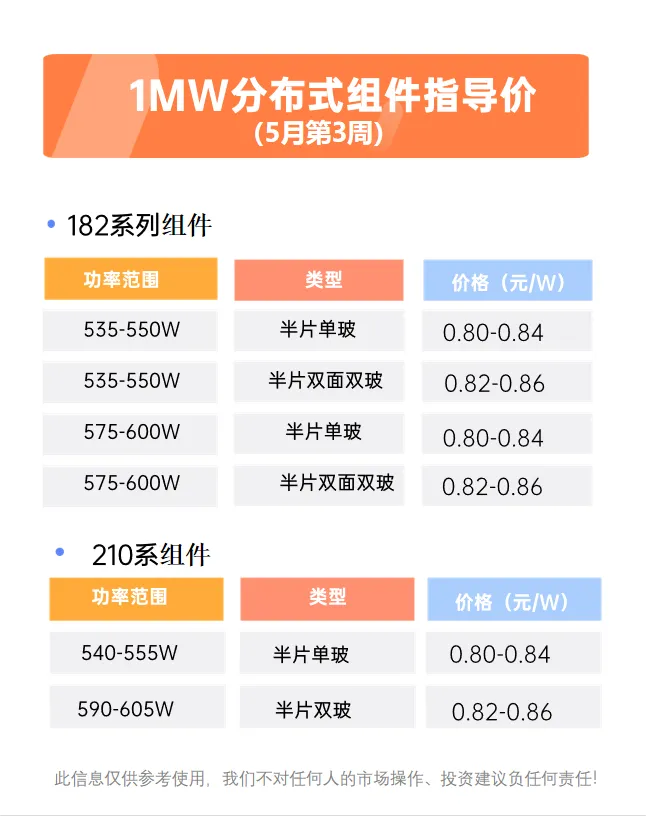Optimizing Efficiency in Solar Panel Manufacturing Processes and Production Lines
The Solar Panel Production Line A Key Component of Sustainable Energy
As the world transitions towards cleaner energy sources, the production of solar panels has become increasingly vital. The solar panel production line is at the heart of this movement, responsible for converting raw materials into the photovoltaic panels that harness the sun's energy. This article explores the intricate process of solar panel manufacturing, emphasizing its significance in promoting sustainability and addressing climate change.
Understanding the Components
The solar panel production line primarily involves several key components silicon wafers, solar cells, glass, and various encapsulants. Silicon, derived from sand, is the primary material used in the manufacturing of solar cells due to its excellent semiconductor properties. The first step in the production process is the purification of silicon, followed by the creation of silicon wafers. These wafers are then sliced into thin pieces, typically around 180 micrometers thick.
Solar Cell Production
Once the silicon wafers are prepared, they undergo a doping process where impurities are added to enhance their conductive properties. This process creates p-type and n-type layers, forming a p-n junction essential for electricity generation. The wafers are then treated with anti-reflective coatings to increase light absorption. After this, they are transformed into solar cells by cutting them into smaller pieces and connecting them with thin metal strips, which are crucial for conducting electricity.
Module Assembly
With solar cells ready, the next phase involves assembling them into modules. This step begins with placing the solar cells on a backing material, usually made of durable polymers. The cells are interconnected using soldering techniques, ensuring optimal energy transfer. Following this, the cells are encapsulated with a transparent layer of ethylene-vinyl acetate (EVA) and covered by a protective glass layer. This encapsulation process safeguards the solar cells from environmental factors, enhancing their longevity and efficiency.
solar panel production line

Quality Control and Testing
Quality control is an integral part of the solar panel production line. Each module undergoes rigorous testing to ensure it meets industry standards. This includes assessing the electrical performance, resistance to weather, and overall durability. Advanced imaging techniques and automated testing systems are employed to detect any defects in the panels, ensuring that only the highest-quality products are delivered to consumers.
The Bigger Picture Impact on Sustainability
The solar panel production line is more than just a series of manufacturing steps; it represents a larger shift towards sustainable energy solutions. With the global push for renewable energy sources, the demand for solar panels has surged. By employing advanced technologies and efficient production methods, manufacturers can reduce costs, lower their carbon footprint, and contribute to a more sustainable future.
Additionally, advancements in production techniques, such as the introduction of bifacial solar panels and building-integrated photovoltaics (BIPV), are enhancing solar energy's viability and aesthetic appeal. These innovations not only increase energy efficiency but also allow for greater integration of solar technology into urban landscapes.
Conclusion
The solar panel production line plays a critical role in the renewable energy landscape. By understanding the complexities of how solar panels are produced, we can appreciate the technological advancements that drive this industry forward. As nations strive to meet climate goals and reduce reliance on fossil fuels, the solar panel production line stands as a testament to human ingenuity and our commitment to a sustainable future. Embracing these innovations is essential for harnessing the full potential of solar energy and building a cleaner, greener world.
-
Unlocking Energy Freedom with the Off Grid Solar InverterNewsJun.06,2025
-
Unlock More Solar Power with a High-Efficiency Bifacial Solar PanelNewsJun.06,2025
-
Power Your Future with High-Efficiency Monocrystalline Solar PanelsNewsJun.06,2025
-
Next-Gen Solar Power Starts with Micro Solar InvertersNewsJun.06,2025
-
Harnessing Peak Efficiency with the On Grid Solar InverterNewsJun.06,2025
-
Discover Unmatched Efficiency with the Latest String Solar InverterNewsJun.06,2025







